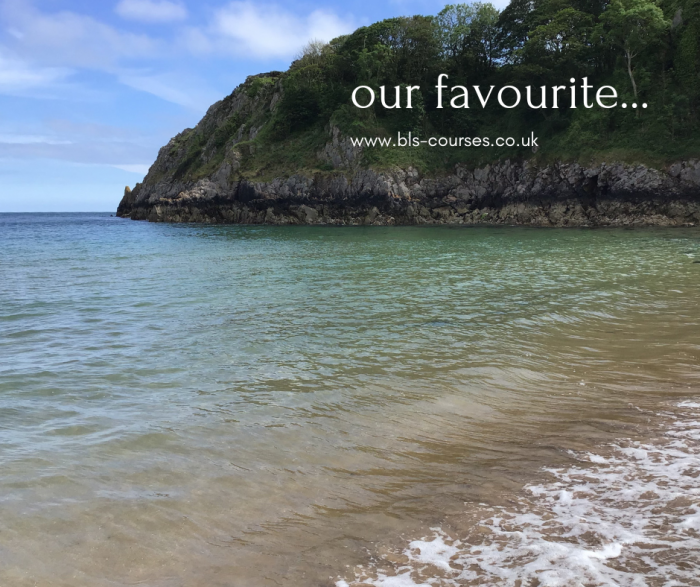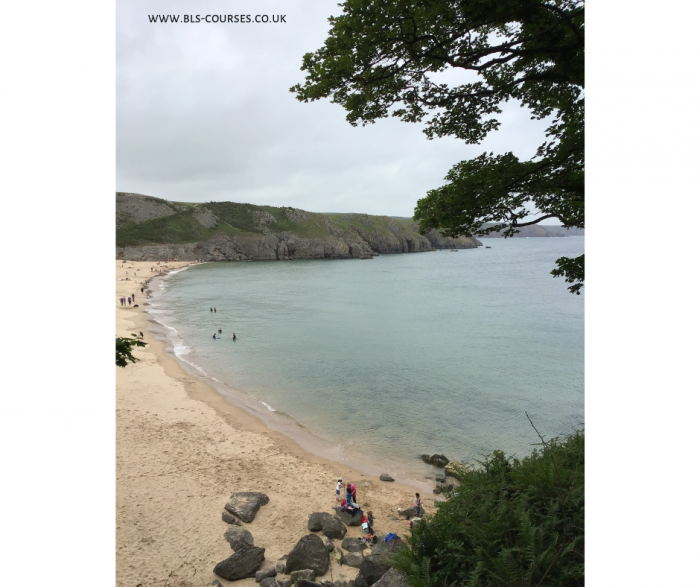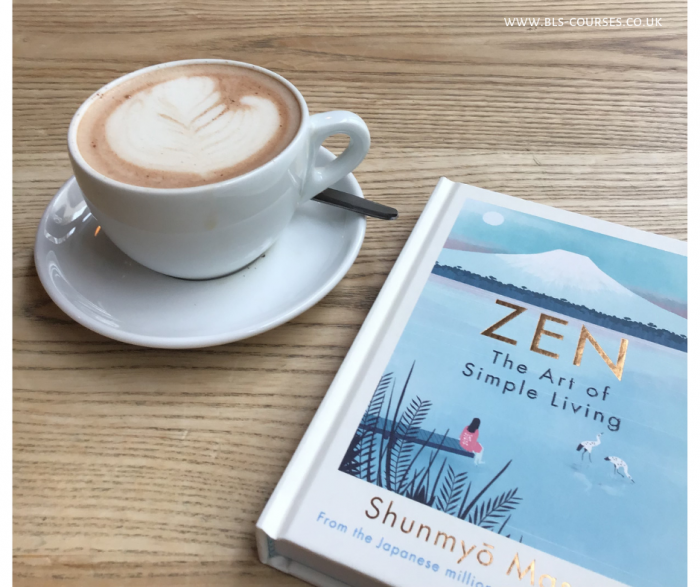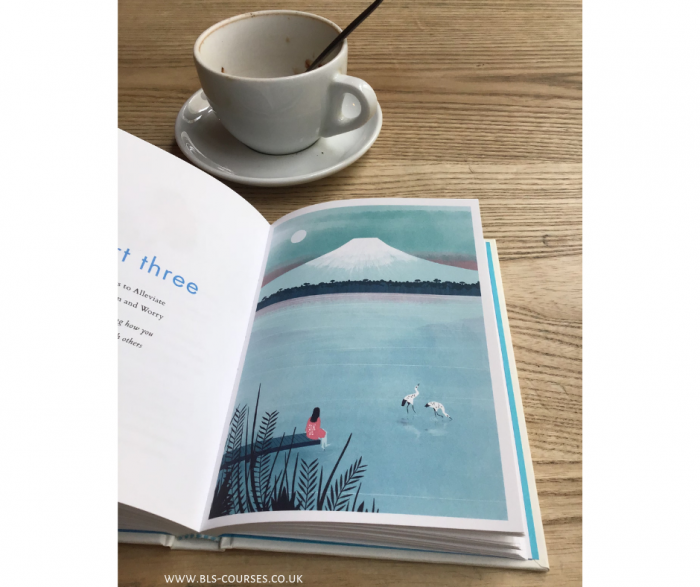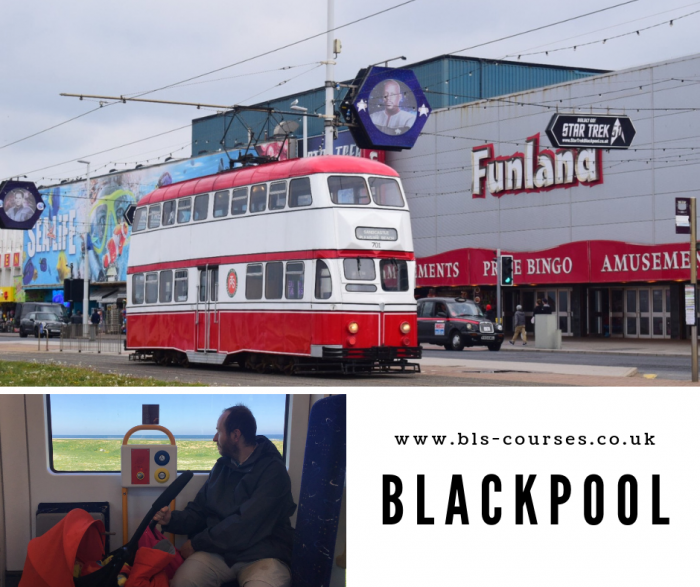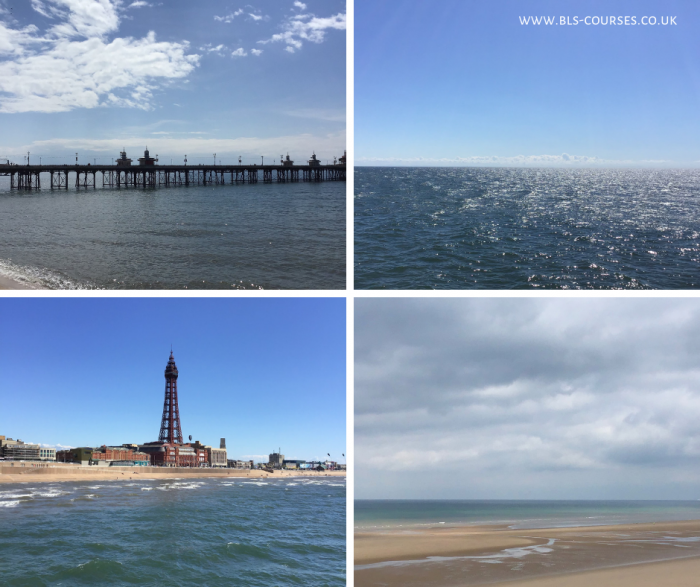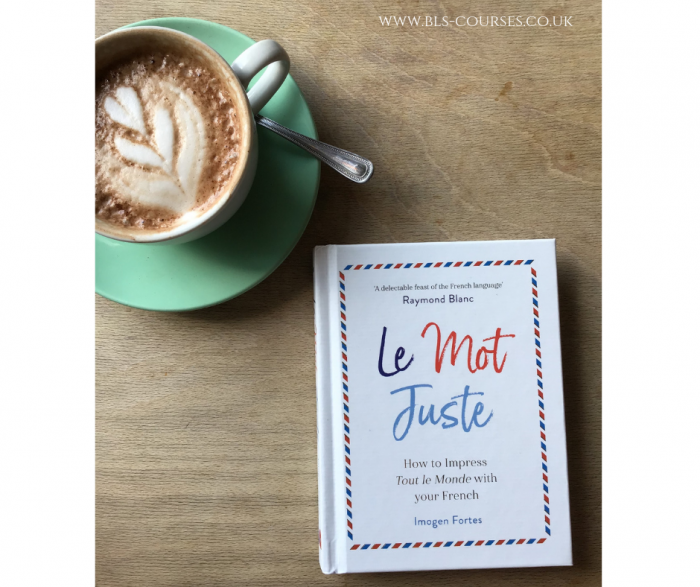When in Penzance and in summer, you have to go to the most-famous open-air swimming pool in Cornwall. Jubilee Swimming Pool. I had wanted to visit it for a while, so I used the opportunity this summer and travelled there by train from St Erth (it only takes 10 minutes). I have fond memories from Penzance, as I travelled from there to the Isles of Scilly about 2 years ago (highly recommended!) The lido is not far away from the train station, so I walked there and, after arriving, enjoyed some time in their pool café. The ticket prices are reasonable (in my opinion!) and the pool wasn’t over-crowded. My family and I found a place in the shade and we went off swimming. Well, it’s a sea water lido, so the water was freezing cold and it took us a good few minutes to get used to it. But, once we’d acclimatised, we had a truly pleasant and refreshing time in the water, and then a lovely time relaxing by the pool. If you’re an ice-cream lover, a short walk from Penzance, in Newlyn, there is a famous ice-cream shop with the scrumptious one-flavour vanilla ice-cream (what a taste!).
If you want to find out more about the Cornish lido, please follow the link.
What’s your favourite open-air swimming pool? Do let me know in the comments below.
Kinga Macalla





